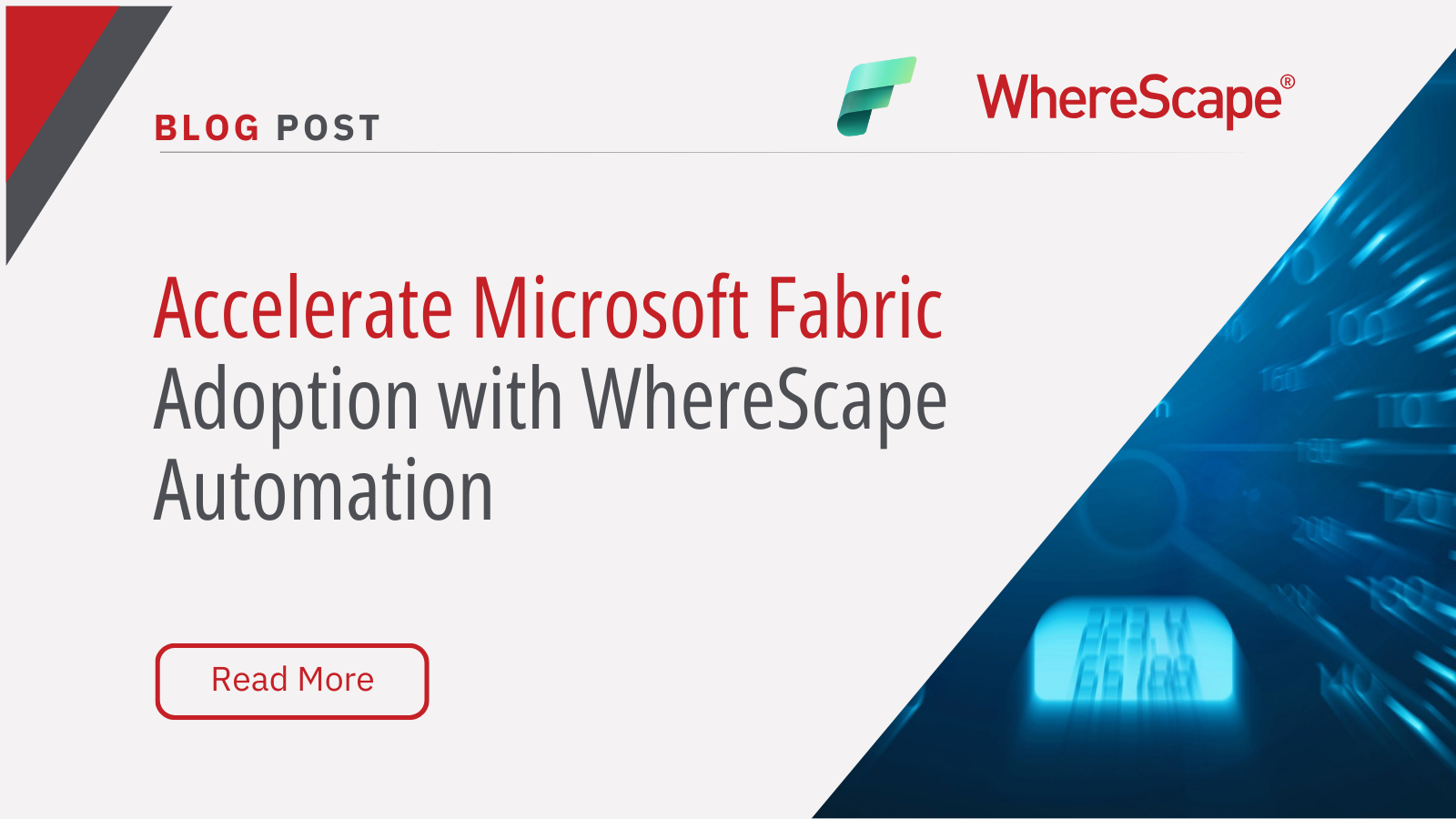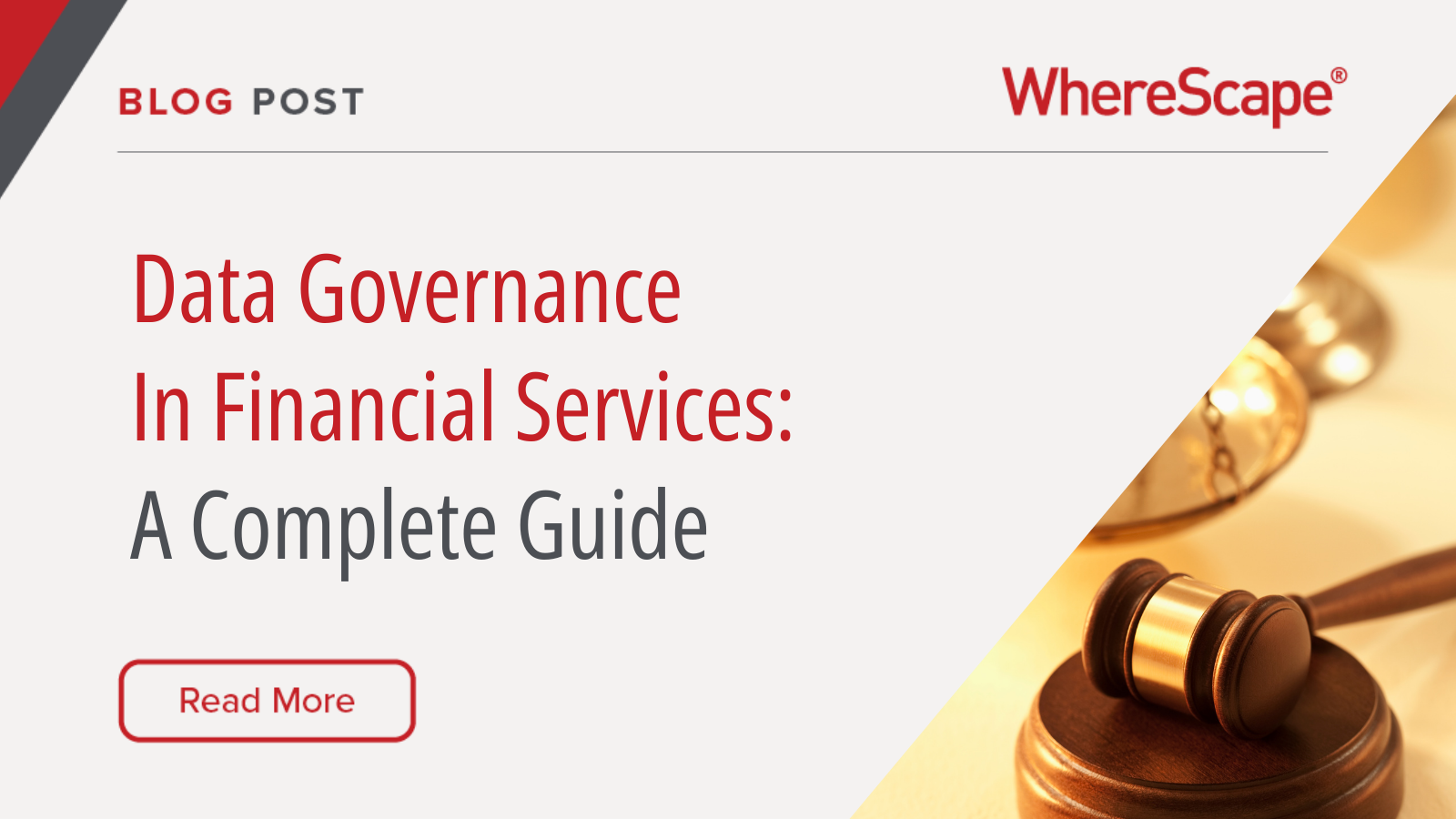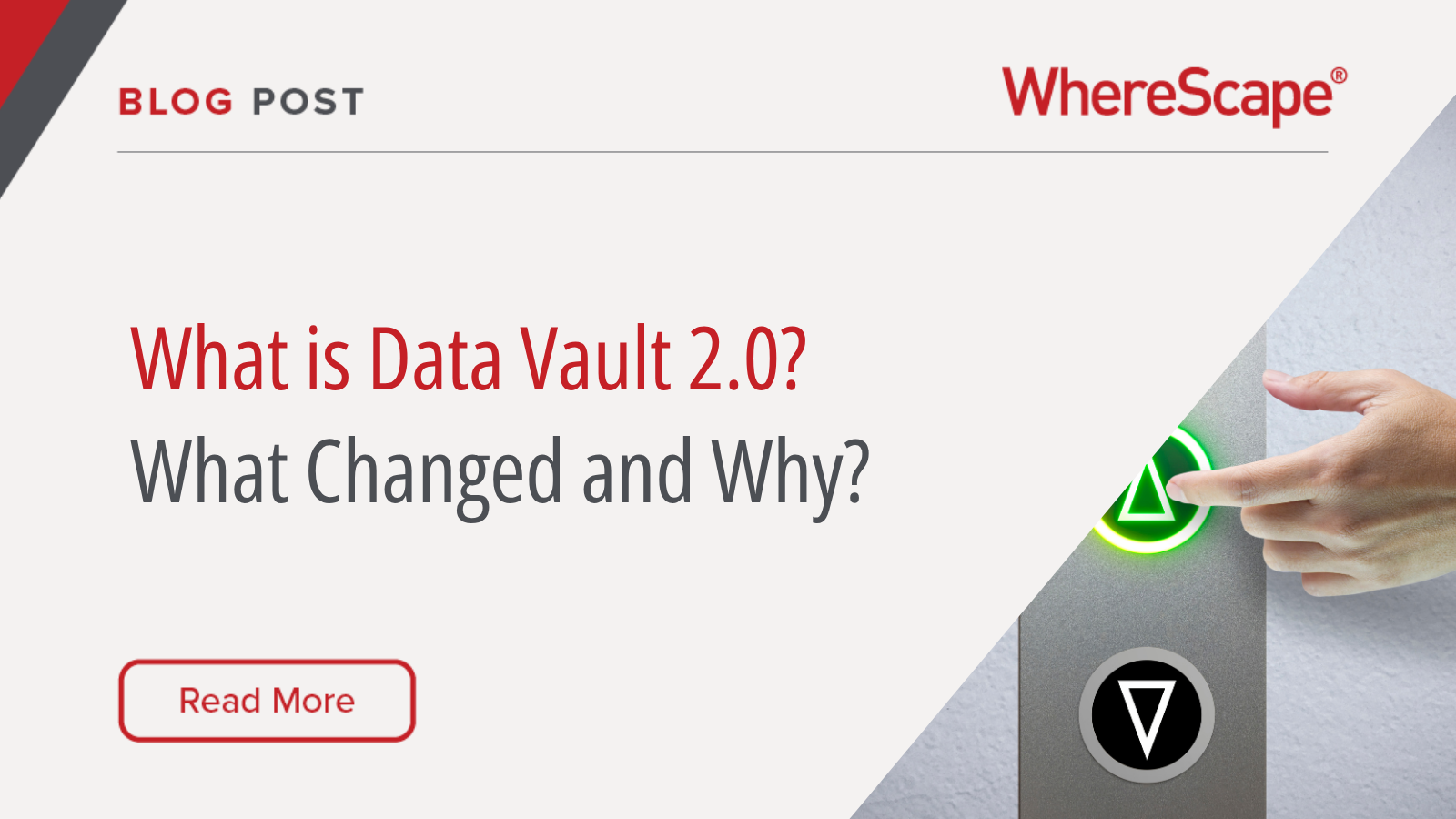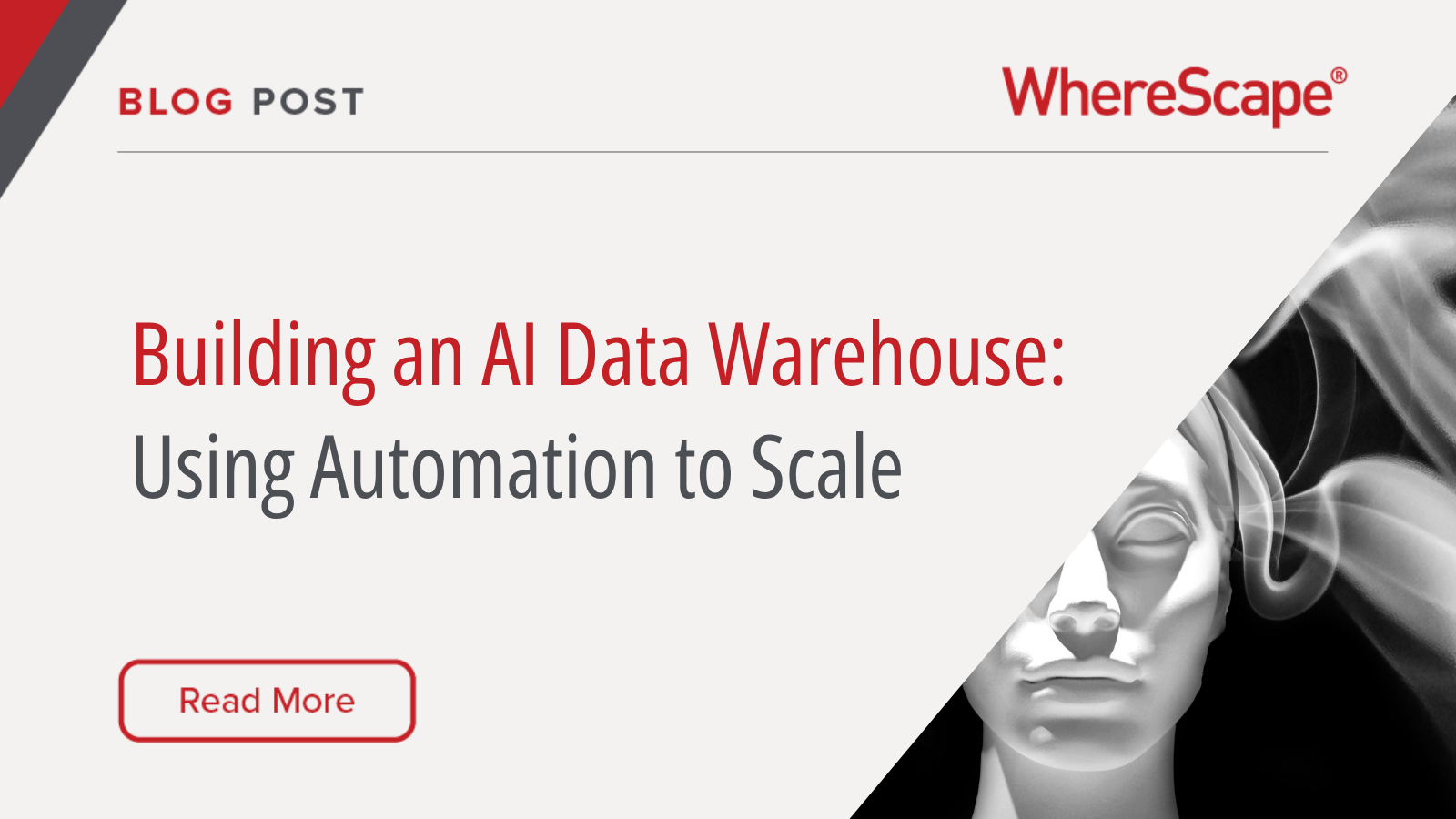As organizations embrace Microsoft Fabric to streamline their analytics infrastructure, they quickly encounter the complexity inherent in managing multiple integrated components. Microsoft Fabric’s extensive capabilities—from OneLake storage and Data Factory pipelines to the Fabric Warehouse and beyond—present both opportunities and challenges. While Fabric unifies these functionalities, the need to manually orchestrate and integrate various components can be overwhelming.
Enter WhereScape, a data automation platform with over 25 years of proven Microsoft integration experience. By providing an intelligent automation layer atop Fabric, WhereScape significantly accelerates organizations’ journeys toward full Fabric adoption, making it easier and quicker to derive value from their data investments.
Accelerate Your Integration with WhereScape
One significant barrier to rapid Microsoft Fabric adoption is the heavy burden of manual coding. Data engineers traditionally spend substantial time crafting complex ETL scripts and manually defining schemas—tasks that slow progress and increase the potential for human error. WhereScape dramatically reduces this manual workload—by up to 95%—enabling data teams to operate at a much higher abstraction level. Developers simply specify the “what” (desired outcomes), while WhereScape’s automation handles the “how,” generating optimized SQL and pipeline definitions automatically.
Metadata-Driven Automation Advantage
A crucial differentiator of WhereScape’s automation is its metadata-driven approach. Unlike other integration tools, WhereScape maintains a central, authoritative repository of metadata—information describing data sources, targets, transformations, and lineage. This metadata repository ensures consistency and transparency, empowering teams to rapidly ingest and transform data without scripting API calls manually.
Moreover, WhereScape’s metadata approach supports various modeling techniques, including Data Vault 2.0, Kimball, and Inmon methodologies. For instance, when employing Data Vault modeling within Microsoft Fabric, WhereScape automatically generates the necessary hub, link, and satellite structures, simplifying complex schema definitions and accelerating the development cycle.
Simplifying Migration to Fabric
Transitioning from legacy platforms like SQL Server or Oracle to Microsoft Fabric can be a daunting prospect. WhereScape’s migration automation simplifies this process significantly. The platform reads existing schemas and automatically translates them into Fabric-equivalent structures, drastically reducing migration risks and resource demands.
This automated migration capability ensures smooth, error-free transitions to Microsoft Fabric, minimizing disruptions and accelerating the time-to-value. Organizations previously hesitant about the complexity of migration now have a clear, low-risk path forward.
End-to-End Integration
WhereScape’s integration with Microsoft Fabric is not limited to just one component. While competitors often narrowly focus on specific aspects (such as the Fabric Data Warehouse alone), WhereScape offers comprehensive integration across the entire Fabric ecosystem, including OneLake and Azure Data Factory. This comprehensive approach ensures that data ingestion, modeling, and governance are seamlessly unified under a single, coherent automation framework.
In practical terms, WhereScape enables users to design and deploy entire data models across OneLake and Fabric Warehouse with minimal effort, leveraging pre-built templates for common data transformation tasks. Additionally, the orchestration features within WhereScape automate pipeline execution sequences, ensuring data workflows run smoothly and predictably.
Enhancing Data Quality and Governance
While Fabric inherently supports data governance and quality management, WhereScape enhances these capabilities through systematic automation. It automatically generates documentation, lineage information, and transformation logs based on metadata definitions. This automation ensures robust data governance, enhances compliance, and provides complete visibility across the data estate.
Conclusion
Adopting Microsoft Fabric can revolutionize an organization’s approach to analytics, but successfully navigating its complexities requires strategic support. WhereScape offers this essential support, delivering intelligent, metadata-driven automation that accelerates Fabric adoption, reduces manual effort, and ensures consistent governance practices.
By seamlessly integrating across the entirety of Microsoft Fabric’s components, WhereScape allows businesses to quickly unlock the full potential of their analytics investments, transforming complex data environments into streamlined, productive data operations. If you want to know more about how-to turbocharge Microsoft Fabric, get in touch.
About the Author
Patrick O’Halloran is a Senior Solutions Architect at WhereScape with over two decades of experience in data warehousing and analytics. He works with global organizations to implement automated data infrastructure using WhereScape RED and 3D, helping teams scale their data operations efficiently and reliably.




